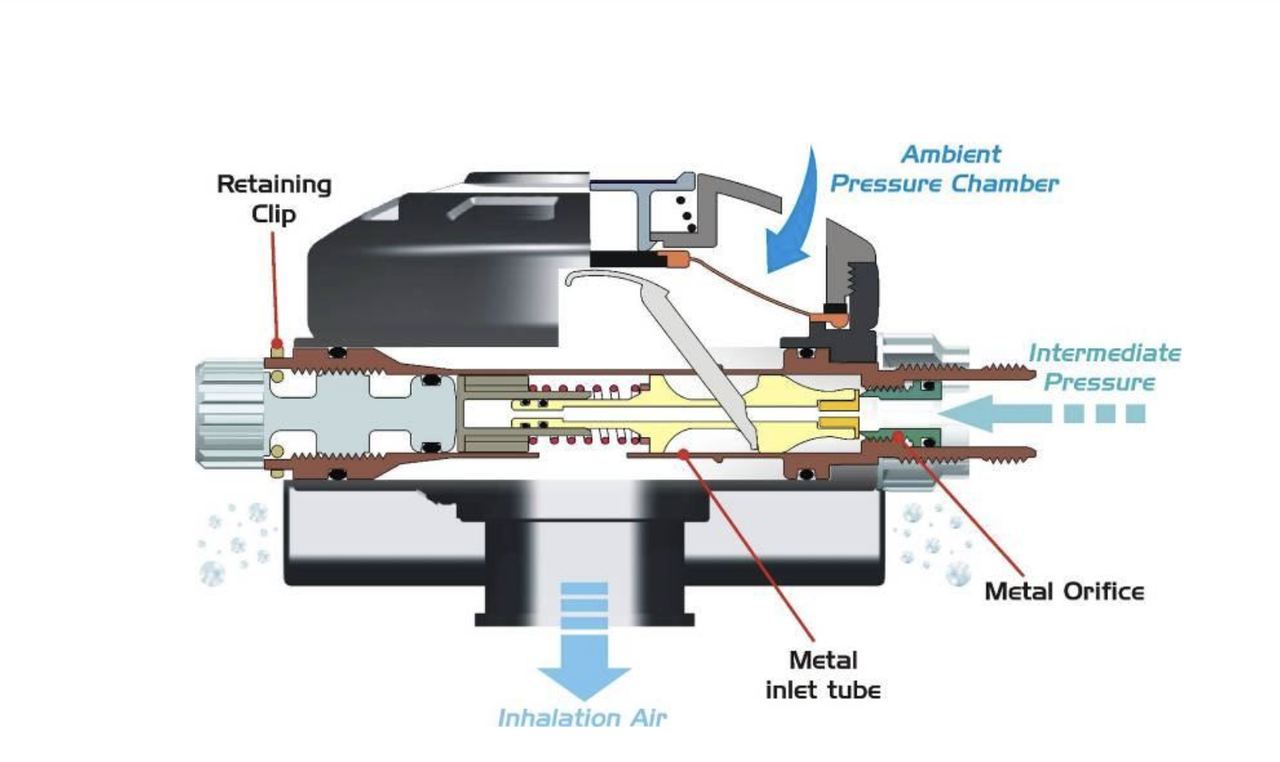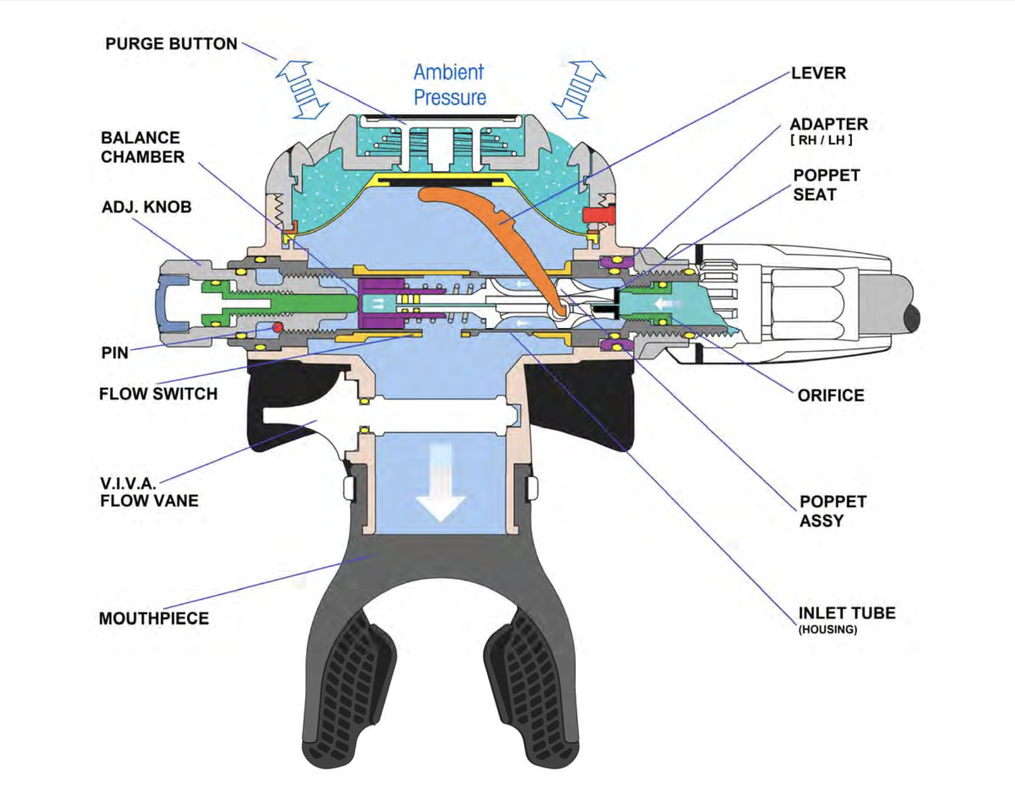Likely a "dumb question of the day" for many of you, but I recently purchased a Dive Rite XT4. Its manual says an Allen wrench is required to adjust a micro spring which "independently adjusts the spring preload and cracking pressure".
What is cracking pressure, and is this something i need to do before I take it on its first dive?
What is cracking pressure, and is this something i need to do before I take it on its first dive?






